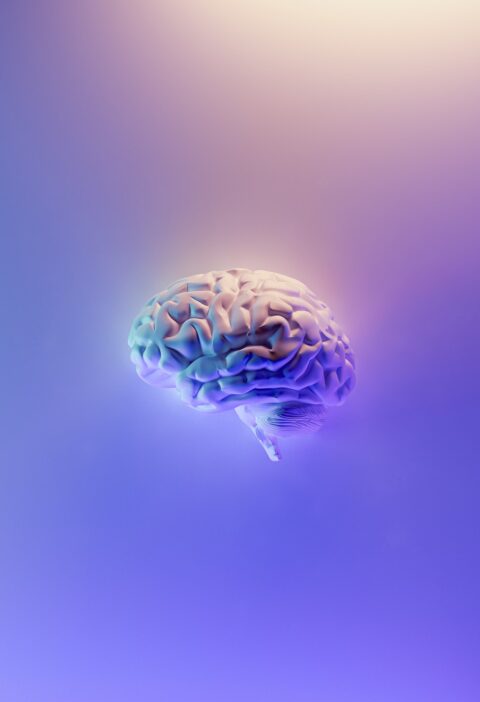Sensory processing is an important part of a child’s development. It is normal for everyone to feel over or under-sensitive to certain sensory inputs, like music, bright lights, or a strong hug.
However, these feelings shouldn’t interfere with your child’s day-to-day functioning. Occupational therapy can help.
Sensory Processing Disorder
OTs treat sensory processing and integration disorders, impacting individuals’ responses to, or processing and organization of, sensory information that affects participation in daily activities. Children with SPD often exhibit challenges completing typical occupations such as eating, bathing, dressing, and playing with friends.
Psychologists are also a crucial part of the team because many children with SPD have significant emotional reactions to their difficulty processing and integrating sensations. Occupational therapy will help them identify and express their feelings through play therapy or other techniques.
Researchers studying treatment effectiveness in children with SPD have a difficult task because of the term’s broad definition. A more refined conceptual model of sensory integration and consistent terminology between clinical and neuroscience fields would improve the exploration of critical research questions. This is a step toward translational research that could elucidate underlying neural mechanisms and support the validation of diagnostic criteria. The Wallace Research Foundation provides key funding to a scientific workgroup aimed at this goal.
Sensory Processing Dysfunction
When children are over or under-responsive to sensory input, their ability to complete everyday tasks can be affected. This can impact how they play, interact with their environment, and make friends.
For example, when a child cannot process vestibular information effectively, they may have difficulty with balance, coordination and movement. This can lead to clumsiness, falling, a fear of moving or even avoidance of activities such as jumping or swinging.
OTs can help children who have sensory processing difficulties. They will perform a thorough evaluation using various tools, including standardized and non-standardized checklists, parent/caregiver questionnaires and observations in play.
Treatment is typically play-based and often occurs in a room outfitted with sensory equipment such as swings, trampolines and shaving cream. This will enable the child to engage with these stimuli safely and supportedly and learn to use their senses appropriately. Over time this will teach the nervous system how to calm down (if they are hypersensitive) or to seek out the sensory input that is missing for them (if they are sensory seeking).
Sensory Integration Therapy
It’s not uncommon for children to feel sensitive to sound, light or touch. But these feelings are temporary and wouldn’t normally affect their day-to-day functioning in the long term. Children with sensory integration problems, on the other hand, have trouble processing the information coming into their brains.
OTs who specialize in sensory integration therapy work with kids to help them learn to process sensory input differently.
These frames of reference include a theoretical framework, standardized tests and clinical intervention procedures designed to assess and treat sensory integration disorders. They are also referred to as the Ayres Sensory Integration Theory.
Our occupational therapists have been trained in sensory integration and will create a treatment plan for your child that is specific to their needs. They will often conduct treatment sessions in a special area with equipment such as swings, weighted vests and ball pits to provide sensory experiences that are more like play.
Treatment
Many children with sensory integration challenges experience over-sensitivity or under-sensitivity to physical sensations. Their responses to these stimuli often interfere with their participation in important and meaningful occupations. Although over-sensitivity to physical sensations is not a diagnosable disorder in the DSM-5, these children may suffer from symptoms such as motor clumsiness, behavior problems and school failure.
Sensory integration therapy uses activities to retrain the brain to respond appropriately to sensory stimuli. These sessions typically occur in a clinical setting outfitted with sensory equipment such as swings, therapy balls and climbing walls. Occupational therapists also offer strategies to parents to implement at home and school.
Often, these therapies are paired with complementary therapeutic approaches such as listening programs (such as Integrated Listening Systems), yoga, and play therapy. However, it is not known whether these additional treatments improve sensory integration therapy outcomes. More research is needed on this topic.







